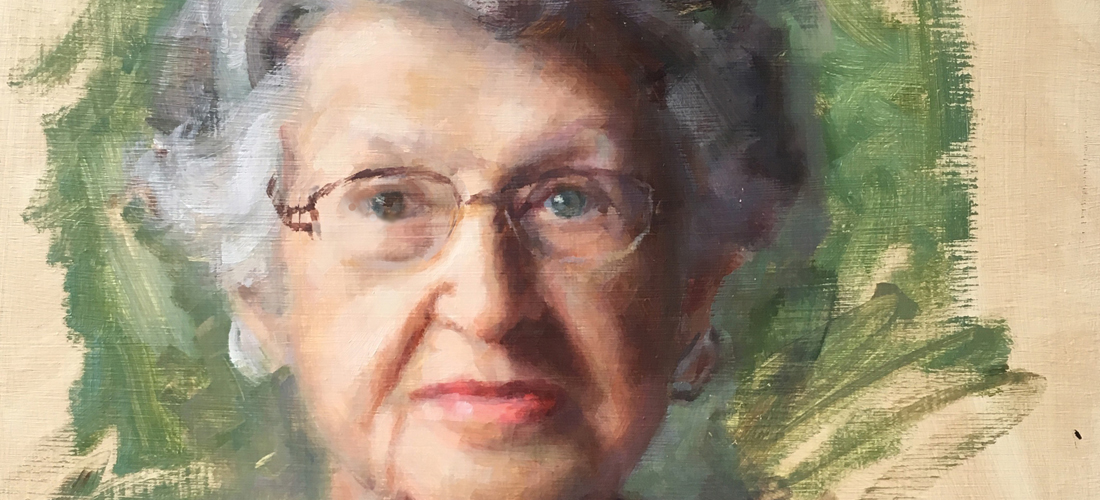Revolution Mill will officially open Gallery 1250 and host their first art exhibit, “Triple Vision,” on Oct. 11 at 1250 Revolution Mill Dr. in Greensboro. The opening reception will be from 5:30 to 8:30 p.m., and the exhibit will run through early January 2020, said artist and director of Gallery 1250 Jan Lukens. Lukens said that The Bearded Goat would provide drinks and everyone is invited to this free event with complimentary food. Gallery 1250 is not to be confused with the Central Gallery, which is still operating and located at 1150 Revolution Mill Dr.
Lukens said that Gallery 1250 is a 2,800 square foot art gallery that was formerly known as the WamRev Gallery, a satellite exhibition space that was utilized by the Weatherspoon Art Museum. During a period of time awaiting grants, Revolution Mill decided to host the first WamRev Gallery exhibit. This featured James Cameron, a mural street artist from Raleigh, who painted the entire gallery’s 18-foot walls from floor to ceiling in green geometric patterns with only house paint and masking tape during the same week that Lukens moved his studio across the hall. The WamRev Gallery art opening for Cameron was in October 2016.
“Because the grants were not received and the walls were covered with a mural, the Weatherspoon was unable to use the space, and the gallery was only used for business meetings and events for the next two and a half years,” Lukens said.
Lukens said he pushed to utilize the space as an art gallery again and was asked to submit a business proposal. Management at Revolution Mill responded by making him the director. He contacted two other artist friends, Roy Nydorf and Michael Northuis, and invited them to the gallery so they could do the first show together. After a lengthy discussion, they all decided it was a good idea. That happened in June, and the walls were re-painted in July. Lukens said he is pleased to be a part of Gallery 1250’s first exhibition with two of his good friends whose art he has admired for decades.















